
Goal: Improve Cardio and Work Capacity
- Conditioning Basics
- Circuit Training
- HICT
- Aerobic Cruise
- Threshold Training
- High Resistance Intervals
- Aerobic Plyometrics
- Cardiac Power Intervals
Goal: Reduce Bodyfat
- Bodyfat Basics
- German Body Comp Training
- Density Training
- Aerobic Cruise
- HIIT Intervals
“Are You In Shape?” – This infographic walks you through the basics of conditioning and provides some simple ways to assess your fitness level. This is a great resource for any athlete or coach.
There’s nothing worse than “Gassing Out”
Lungs are burning, arms are heavy, legs don’t work…
It can sideline all of us, no matter how experienced we are.
The good news is, we can all avoid this by developing a solid conditioning plan and executing it consistently.
The Big Picture
People like to separate different aspects of training, but the truth is that our body functions as one unit... Mobility, strength, power and conditioning are all pieces of the same puzzle.
Some types of workouts can help develop more aerobic conditioning, while others develop more explosive power. One is not better than the other, they are just on opposite ends of the same scale.
Every athlete is unique and their workouts should match their ability level, their goals and the demands of their sport.
Bottom line, Some athletes will need more mobility, stability, strength, increased power or conditioning to perform at a higher level.
In this article, we are going to discuss how to test your conditioning level, the basic concepts of conditioning and how to systematically improve your cardio, so you can perform at your best. Hopefully you can apply some of these concepts into your workouts and improve your performance on the mat or in the cage.
----------------------------------------------------------------------------------------------------
Are You in Shape?
Let's determine your current level of conditioning with a few simple tests.
 Bodyfat and Weight
Bodyfat and Weight
From our experience, some athletes 'let the wheels fall off' after a competition or fight. They stop training and start eating everything in site. This obviously leads to increased weight and bodyfat. This can be a simple way to keep tabs on our fitness level and make sure we don't get too far off course.
General Population: Women <17-24%, Men <12 - 18% is considered lean.
Athletes: Women 12-18%, Men 6-12% is excellent.
The most accurate way to measure bodyfat is hydrostatic testing. You can also use calipers, but they can have a high margin for error. If you can find a local place to get dunked (hydrostatic testing), we highly recommend it. It usually costs about $30-40, but will give you an exact body weight, body fat % and lean mass percentage. This is a great way to monitor fat loss, but also muscle gain over time.
Resting Heart Rate
A normal resting heart rate can range anywhere from 40 to 100 beats per minute. Generally, the fitter you are, the lower the resting heart rate. This is due to the heart getting stronger and becoming more efficient at pumping blood around the body - so, at rest, more blood can be pumped around with each beat, therefore less beats per minute are required. Test it first thing in the morning...is your under 60? 50?
1 Minute Recovery
This is great test how well you can recover between rounds. Perform any vigorous physical movement that raises heart rate for 1 minute. Get your heart rate up by sparring, rolling live, wrestling or similar (you can use Airdyne bikes, Versaclimbers, running, etc). Measure your heart rate (in beats per minute) at the end of your exercise interval. Then, sit down and rest for 1 minute, just like you would between rounds. At the end of the minute, measure your heart rate again.
If your heart rate drops less than 20 beats, you've got some work to do... 21-40 beats is good... 41-50 beats is excellent... 50+ is top notch
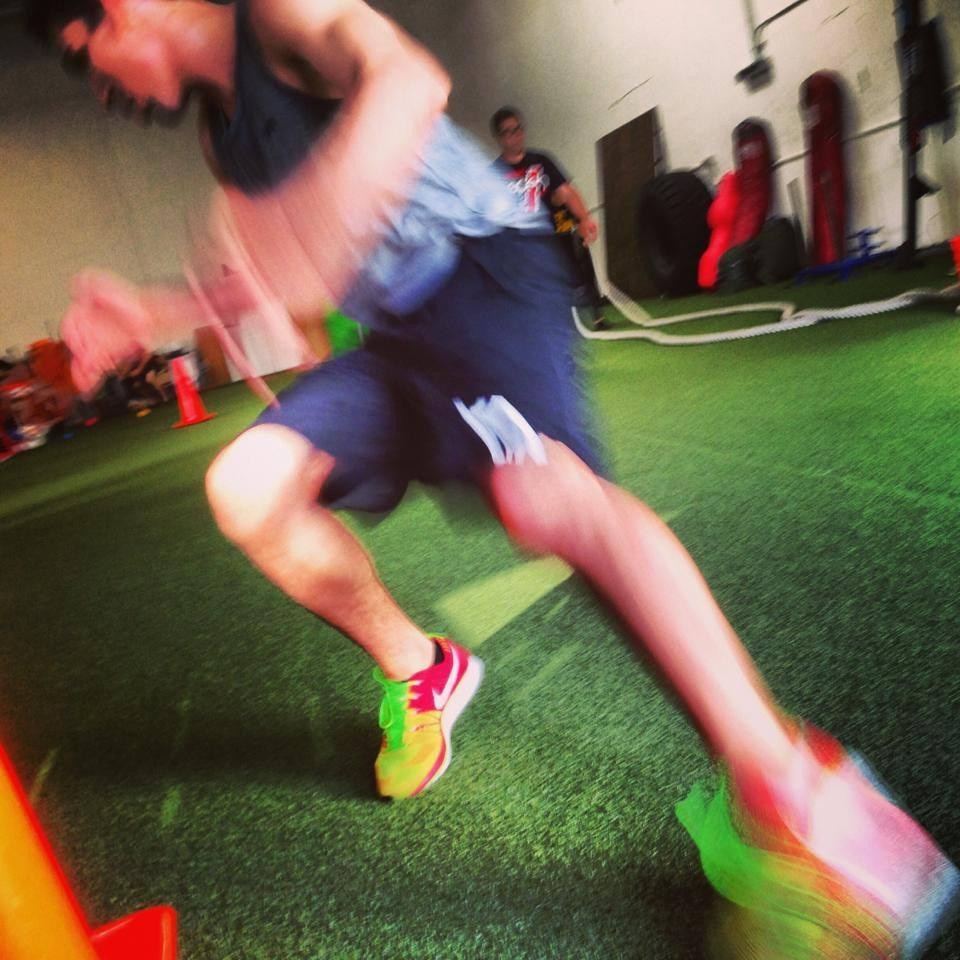
20-40 minute Continuous Effort
For this test, you can run, swim, bike, or perform any continuous cardiovascular type exercise. Simply perform the exercise for 20-40 minutes are measure how far you can go. This might seem simple, but it amazes me, how many high level athletes are unable to move for extended amounts of time.
300 Yard Shuttle
Set up two lines or cones 25 yards apart to indicate the sprint distance. Start with a foot on one line. When instructed by the timer, the athlete runs to the opposite 25-yard line, touches it with their foot, turns and run back to the start. This is repeated six times without stopping (covering 300 yards total). After a rest of five minutes, the test is repeated.
Sprint Repeats
If you break fighting and grappling down, it's typically a few bursts of effort, followed by a little down time, varying back and forth throughout the round. This test will see how well you can recover from bursts of effort.
Using an airdye bike, Versaclimber, Rowing machine or similar, go as hard as you can for 10sec. Measure the output (distance, watts, etc). Rest for 30sec and repeat that cycle for 5 rounds.
How well are you able to repeat that explosive effort?
Is the output the same or does your score slowly fade?
There are a variety of other ways to test your conditioning level.
In the 80s, aerobic conditioning was king. Boxers and wrestlers would spent countless hours running, jumping rope, drilling and similar to build up their stamina.
More recently, anaerobic training has become more popular. People want to run sprints, do circuits and run themselves into the ground.
Which one is most effective?
Well, the truth is that both of these styles of training are important, but we just need to use them at the appropriate time.
Lets start with some basics...
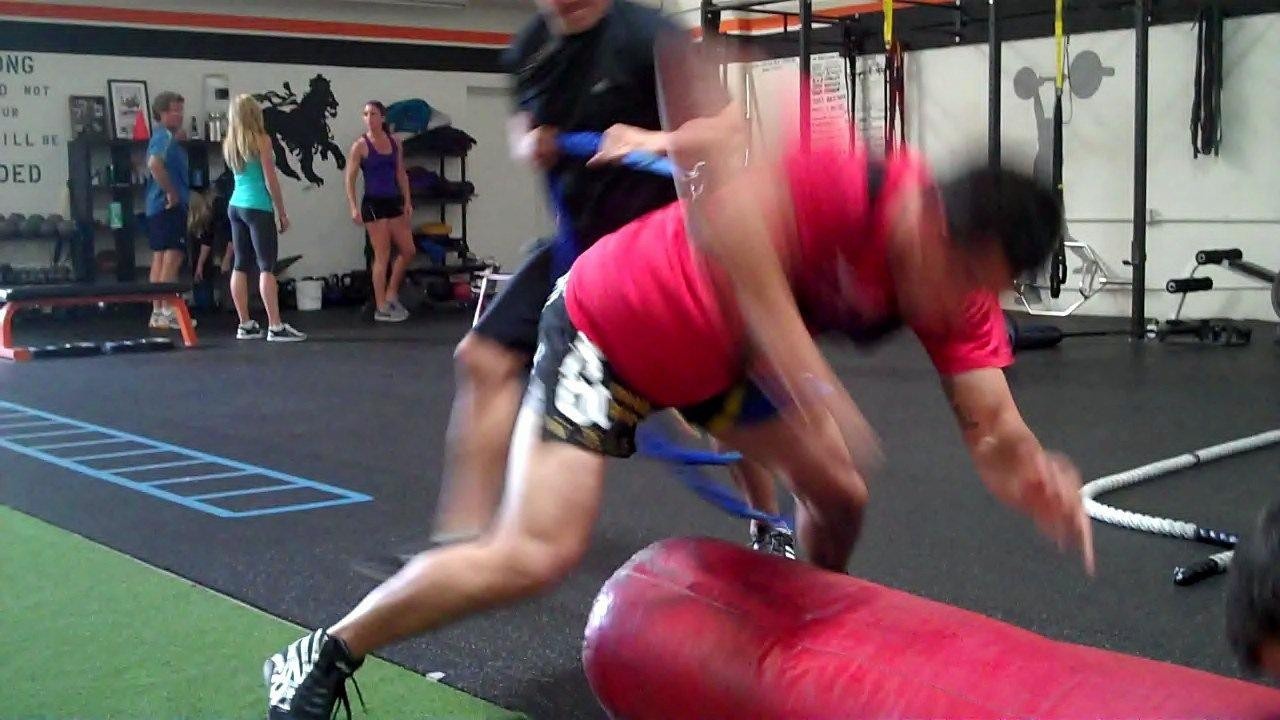
There are basically three different energy systems that our body uses during activity.
Aerobic, Lactic and Alactic.
- Aerobic - Low Power, Long Duration (2 min+)
- Lactic - Moderate Power, Moderate Duration (15-120 sec)
- Alactic - High Power. Short Duration (10-15 sec)
These are not separate systems, but three energy pathways that coordinate during activity to keep us moving and performing the task at hand.
The key is the customize the energy system work based on the demands of the sport and the individual athlete..
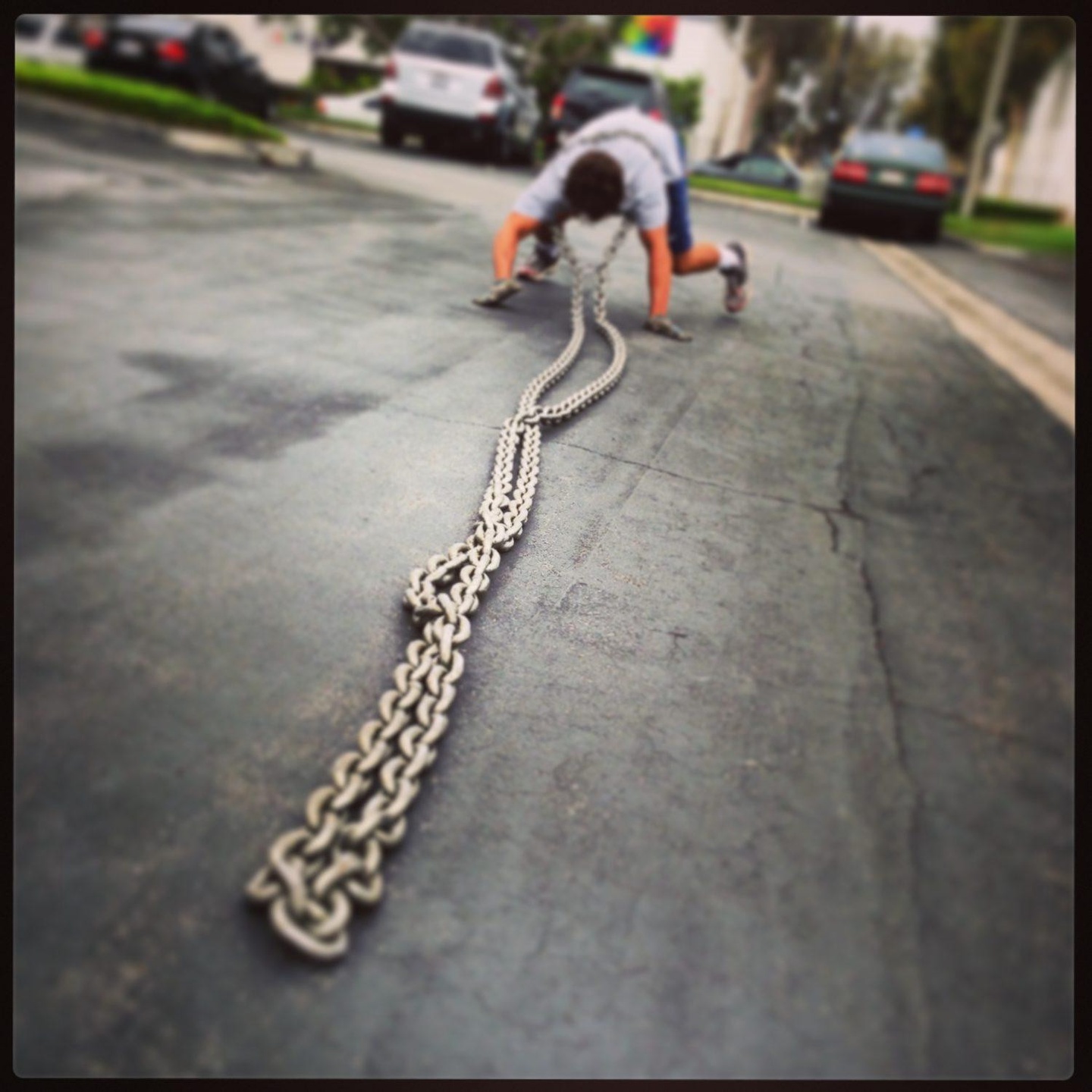 Things to consider...
Things to consider...
1. Duration of the sport
2. Intensity of the sport
3. Needs of the individual
For many sports, its easy...
Explosive sports like sprinting or Olympic lifting primarily use the alactic energy system.
The majority of their work needs to short, heavy, intense and explosive.
Marathon runners or other endurance athletes need to develop a massive aerobic system.
The bulk of their workouts should focus on aerobic development and performing for long periods of time.
Fighting and grappling requires a variety of all 3, in order to perform well.
This is a challenging task.
Fighters need a solid aerobic base in order to last 25 minutes in the cage, but they also need anaerobic capacity and power to execute takedowns, strikes and scrambles.
How Do We Apply These Concepts Into Our Workouts?
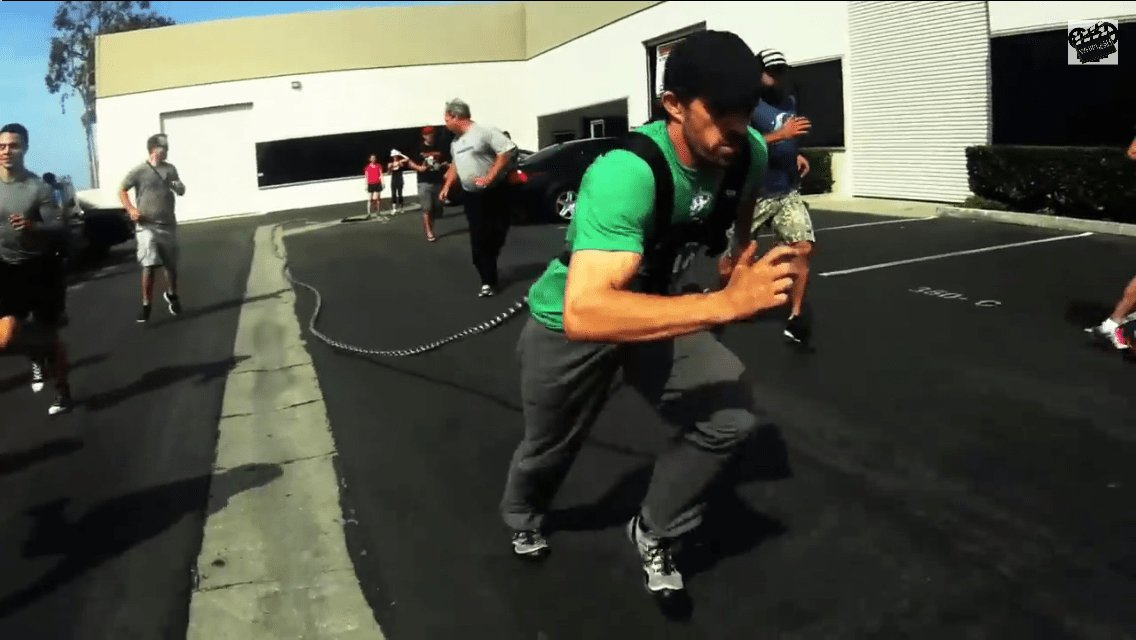
It starts by evaluating the individual.
Did you try any of the tests described above?
By performing these types of tests, we can evaluate the strengths and weaknesses of an athlete, as well as, monitor progress over time.
Some people may be very good for long distances but struggle to repeat explosive efforts, while others may be the opposite.
Having a variety of tests can help us discover what types of workouts that athlete needs to improve.
Developing A Plan of Attack
A solid conditioning plan should involve a variety of challenges to improve every aspect of our conditioning.
Running is great, but we also should have drills that test our 'endurance under tension' if we want to last while we're tied up against the cage or fighting for a submission.
We need a solid foundation, the ability to grind and the reserves to burst when its necessary.
Lets discuss the 3 energy systems in more detail...
----------------------------------------------------------------------------------------------------
Part 1: The Foundation (Aerobic)
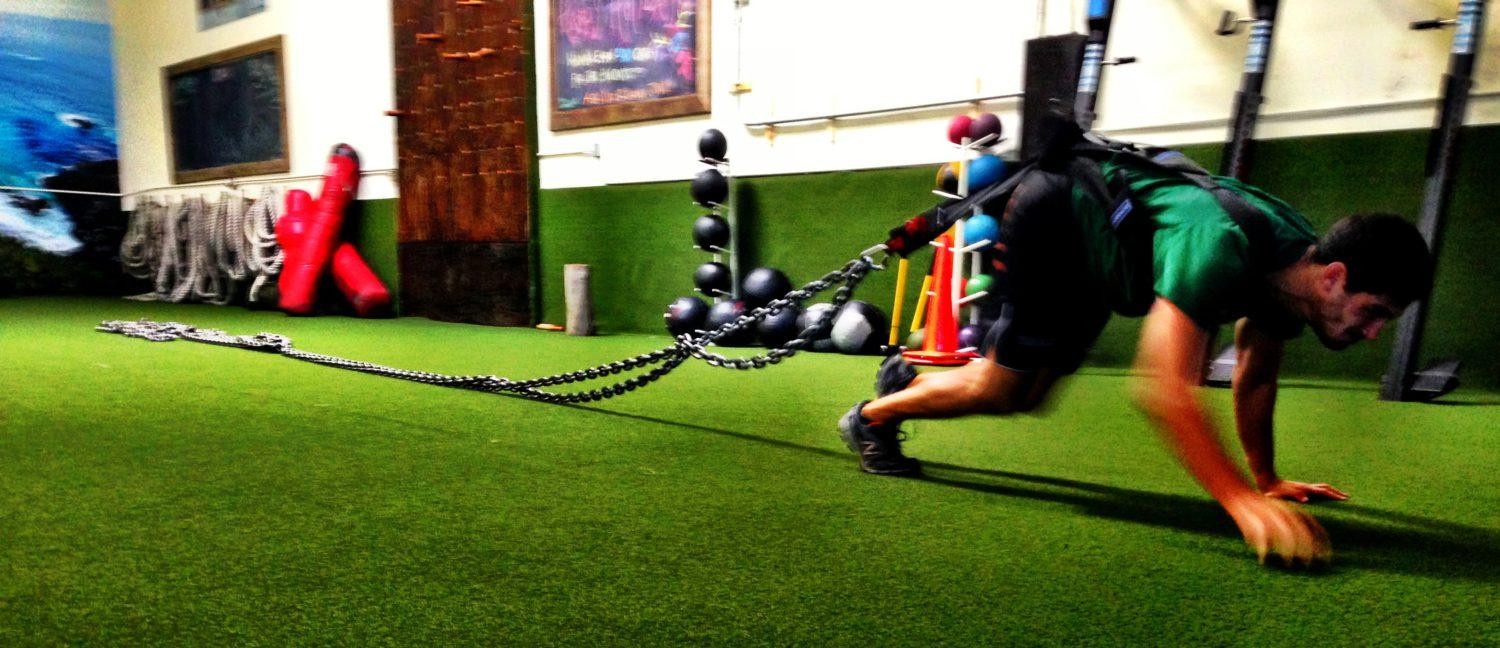
Many believe that high intensity intervals is the holy grail of training, but building a huge aerobic capacity is our foundation.
No foundation, no cardio.
Aerobic work is great during the off season, in between fights and during camps for recovery and maintenance.
We can run, hike, bike, swim, climb, or use sport specific drilling to develop this system.
There are lots of various ways to increase your aerobic capacity and power.
A few of our favorite ways include:
Aerobic Cruise - Choose an activity and simply move for 30-90 minutes, keeping your heart rate at about 120-150bpm. Common choices include drilling, swimming, biking, running or similar. Athletes have been doing road work for decades and it works. These types of workout are great for expanding your aerobic tank, as well as for recovery after tough sessions.
Resisted Work Capacity - Many people use circuit training, but we also need to be able to work, under tension, for long periods of time. Wrestling, grappling and similar activites require long stretches of grinding exchanges. One of our favorite drills here is the sled or chain drag. Using a harness and a heavy load (sled or chains), simply lean forward and walk under tension for either time or distance. Walking forward is one of the most natural things we can do and adding heavy loads is an incredible way to build up your endurance and mental toughness.
GPP work - General Physical Preparedness sessions involve compound exercises, working as many muscle groups as possible with the goal being to improve movement quality, restore proper function and increase the athlete's work capacity. Typically the resistance is relatively low, the volume is high. We can include mobility drills, bodyweight drills or other exercises of choice. A workout might include 2-6 exercises done in pairings or as a circuit for 5-20 minutes. This is not a death circuit, done as hard as possible, but a restorative session to get the blood flowing, practice movements and prepare the body for harder sessions down the road.
Strength Endurance and/or Hypertrophy Strength Training - Compound lifts, done at a moderate to low intensity level with short rest intervals. These are typically done for 8-15 repetitions, with 30-60 seconds rest between sets, 3-4 sets per exercise and 3-4 exercises per workout. The tempo for each exercise is slow and controlled.
----------------------------------------------------------------------------------------------------
Part 2: The Ability to Grind (Lactic)
This is typically where everyone likes to train.
20-60 seconds as hard as you can, build up that lactic acid and then lie on the ground in agony afterwards...yeah, that was a good workout!
This is where most people train these days.
'Go Hard or Go Home' right!?
Well, depending on the athlete and time frame, we may not spend a tremendous amount of time training in this group. We've found that most skill training sessions do a lot of work in this realm and to hit it again in the gym can run people down.
Remember, The Goal Is To Get Better, Not Just Tired.
That being said, sometimes it's needed and a good way to prep guys for competition.
Some ways to tax this system include:
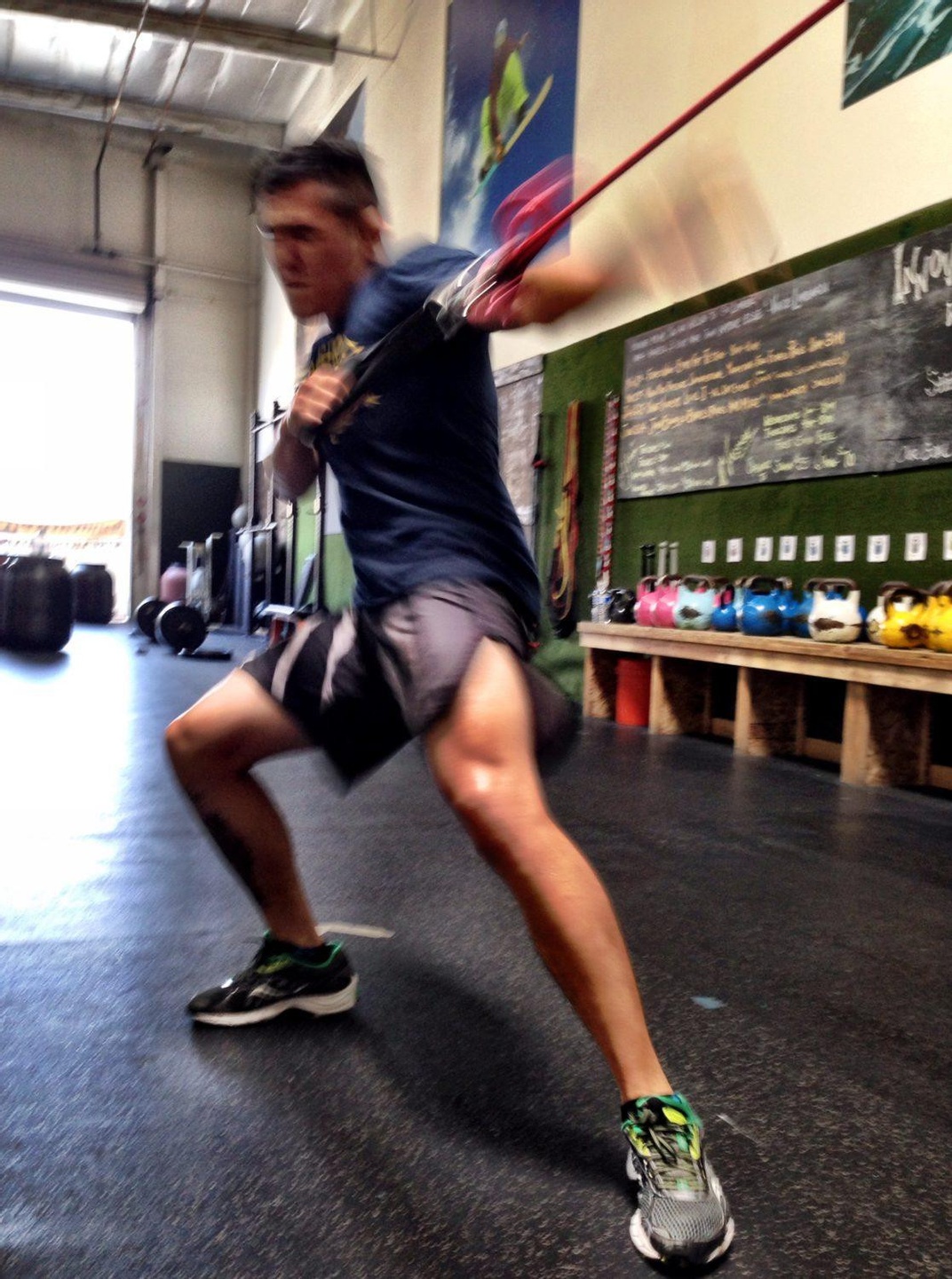 20-60 sec Intervals - Choose 2-4 drills or exercises, perform one for 20-40 seconds, then take 1-3 minutes off and repeat for 3 rounds. Do this for each of the drills independently and we are done. You can do sprints, battling ropes, sport specific drills or similar.
20-60 sec Intervals - Choose 2-4 drills or exercises, perform one for 20-40 seconds, then take 1-3 minutes off and repeat for 3 rounds. Do this for each of the drills independently and we are done. You can do sprints, battling ropes, sport specific drills or similar.
For example:
- Versaclimber sprints for 20-40sec, rest for 60-180sec and repeat for 3 rounds.
- Battling Ropes Alternating Waves for 20-40sec, rest for 60-180sec and repeat for 3 rounds.
- Etc etc.
Circuit Training - Choose 3-5 exercises, perform each for 20-60 seconds back to back and then rest for 1-3 minutes. Ideally each circuit should last between 1 and 3 minutes.
For example:
1a. Drop Step Lunge - 10 reps total
1b. Chin Ups - 10 reps
1c. Zercher Squats - 10 reps
1d. Weighted Push Ups - 10 reps
1e. Farmer Carries - 20 sec or 100 ft
*Rest for 1-3 minutes and repeat 3-5 rounds.
Explosive Repeats - Choose 1-3 explosive drills, such as sled drives or rope sidewinders, perform each drill for 12- 40 seconds, followed by 10-30 seconds of rest. Repeat for 6-10 rounds per drill. By reducing the rest period a bit, we are able to tap into that lactic system, while using more explosive drills.
----------------------------------------------------------------------------------------------------
Part 3: Building the Burst (Alactic)
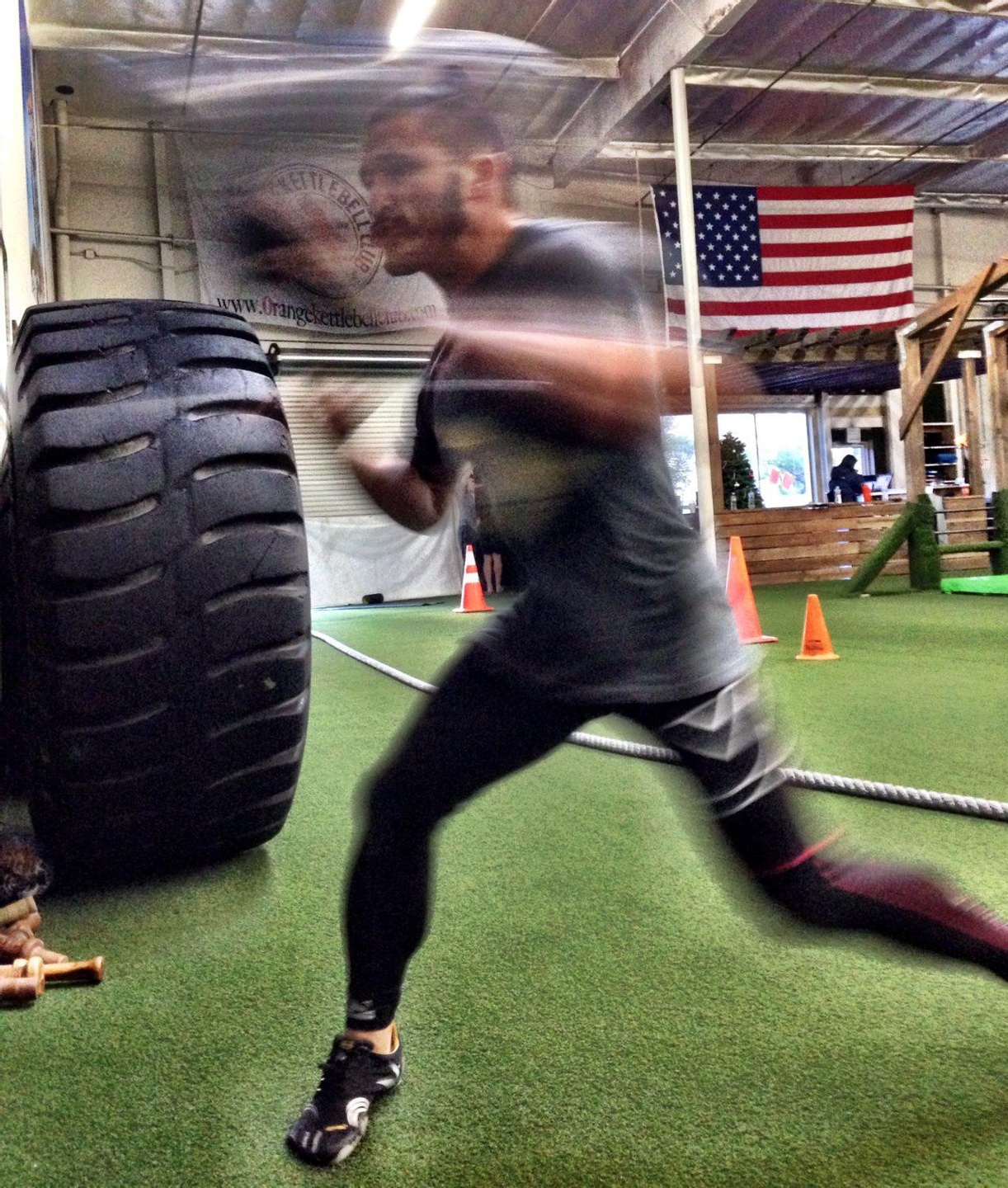 Alactic training is that 10-12 second explosive, max effort.
Alactic training is that 10-12 second explosive, max effort.
Quick sprints, jumps and throws with everything that you've got.
In order to be able to compete at the highest levels, we must be able to compete and maintain explosiveness throughout the match or fight.
In order to develop this system, we must adjust the training a bit...here's how:
Explosive intervals - 8-12 seconds ON, using 100% effort, followed by 60sec-5 minutes OFF, perform 5-6 rounds. The exercise selection for this type of interval is essential. Sprinting, jumping and throwing drills work well because they are explosive, full body movements.
Please note: These are different than that 20-60sec intervals, mentioned previously, because the goal is to develop explosiveness, not lactic acid and fatigue.
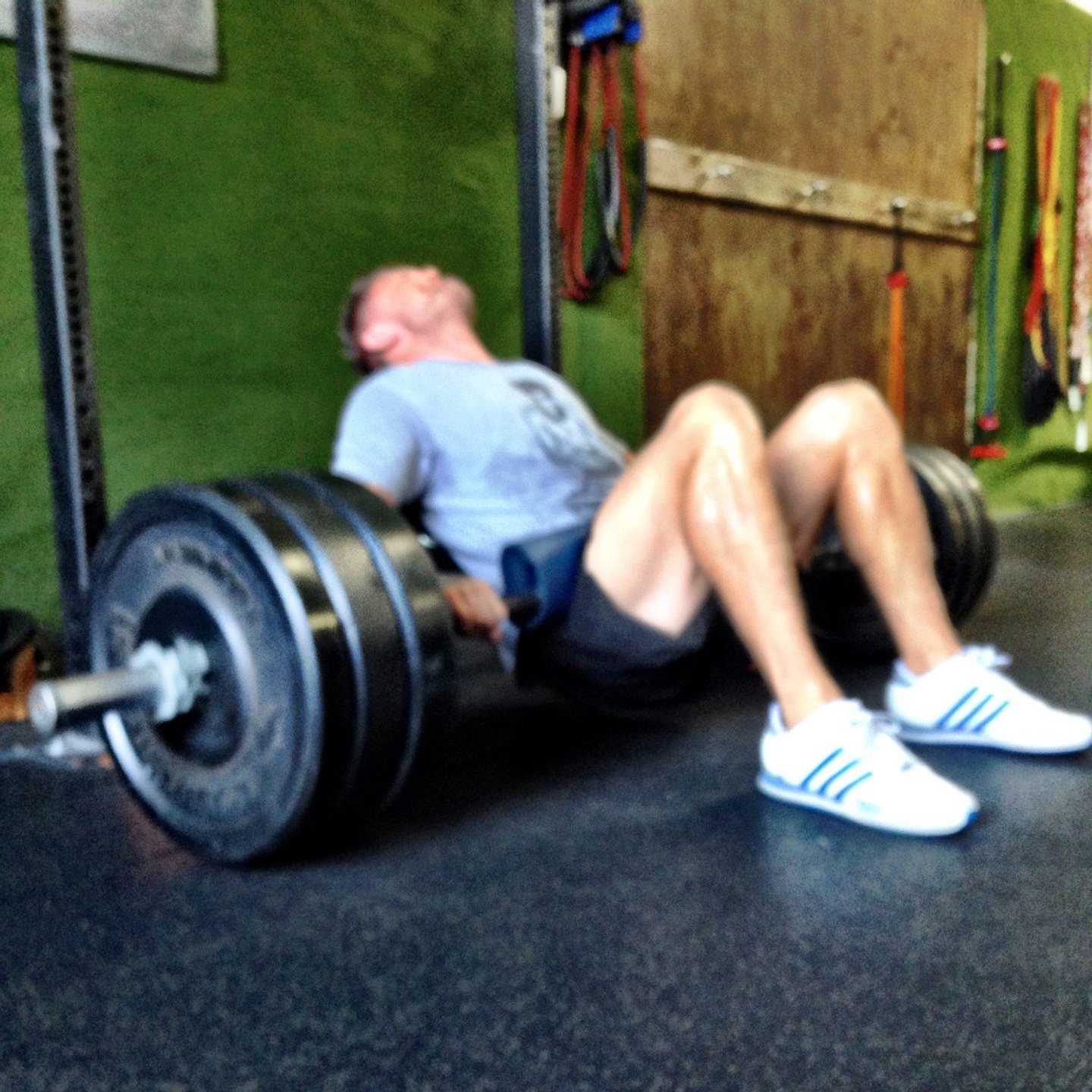 Max effort lifts - High intensity, short duration, lots of rest. Workouts can include 2-3 compound exercises, done for 1-5 reps, 2-5 sets with 2-5 minutes rest between sets. Squats, deadlifts, heavy pushes, or heavy pulls are most common.
Max effort lifts - High intensity, short duration, lots of rest. Workouts can include 2-3 compound exercises, done for 1-5 reps, 2-5 sets with 2-5 minutes rest between sets. Squats, deadlifts, heavy pushes, or heavy pulls are most common.
'Live Drilling' - Nothing can prepare you for battle better than practicing your skill at high speeds. In order to truly be prepared for battle, we must have our skill set on point and be ready to perform at 'fight speed.' Repeating your technique at high speeds, not only grooves the technique, but also trains the body for the exact demands of the sport.
Putting it all together
The key to developing an effective conditioning plan is learning how to use all of these different types of workouts at the appropriate time.
Here are some guidelines to help you organize things:
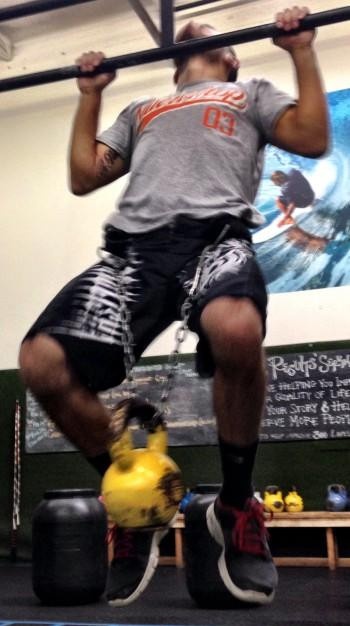 General to Specific
General to Specific
There is always debate between coaches using general vs specific exercises to train their athletes. Both can be beneficial if we use them at the right time. When we are 8 weeks + away from a fight, tournament or similar, we can focus on things like learning new techniques, developing strength, building muscle and expanding our aerobic base. As we get closer to fight time, we should fine tune our training to fit the specific needs of our game plan and the demands of the sport. Conditioning should become more sport specific.
Less intense to more intense
In between competitions, our focus should be on skill develop. The focus is on technique, learning and practicing. As we get closer to fight time, the intensity should go up, slowly developing the speed and intensity needed for competition. Same goes in the weight room. Workouts should coordinate with the skill training intensity. In between camps, volume can be high, intensity is relatively low and the focus is to heal up and improve general strength and conditioning levels. As the fight nears, intensity goes up and the volume reduces to prevent overtraining.
Stimulate, don't annihilate
As we mentioned in the previous section, controlling the volume of work is essential. Think of it as the appropriate dosage of exercise. If the intensity is low, we can increase the volume. But as the intensity increases, we need to reduce the overall volume to prevent over training and/or injury.
Coordinate
The last pillar may be the most important. Coordinating with all of the coaches involved in the athletes training is essential, if you want to perform at the highest levels. These days, many athletes train in a variety of different gyms, and there is little to no communication between coaches. We believe this is one of the main reason that so many combat athletes are injured or plagued with aches n pains.
So there you have it...tons of information to help you develop better workouts.
Hopefully this article helped simplify some complicated topics and helps you develop more effective workouts moving forward.
#FightCampConditioning

